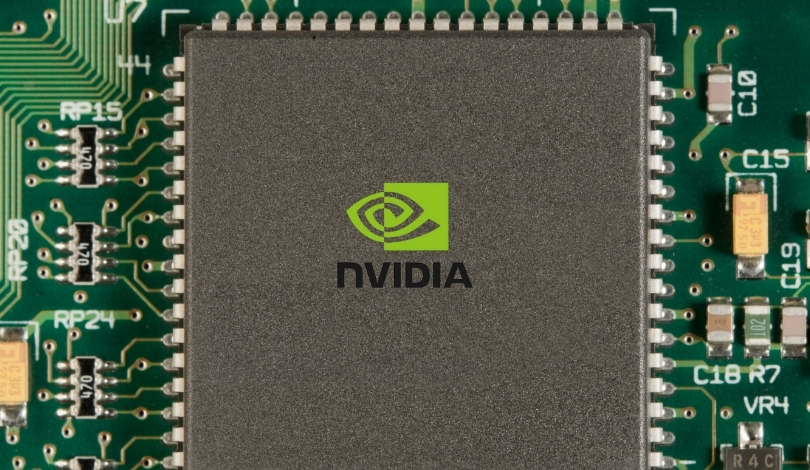Nvidia enthusiasts are abuzz with speculation that the upcoming RTX 5090 may encounter similar cable-melting problems experienced by its predecessor, the RTX 4090. This has sparked concerns among gamers and tech professionals anticipating the release of the new graphics card. The RTX 4090’s overheating issues prompted widespread discussions about product reliability and safety standards within the industry.
Previously, Nvidia encountered similar concerns with the RTX 3080 regarding power and heat issues. The company responded by enhancing cooling solutions and optimizing power delivery in subsequent driver updates, which alleviated consumer worries.
Are Similar Wiring Problems Expected with the RTX 5090?
Industry analysts suggest that while initial reports are concerning, there is no concrete evidence linking the RTX 5090 to potential cable hazards. Nvidia is known for iterating on their hardware designs, and improvements in this version may mitigate past issues.
How is Nvidia Responding to the Claims?
“We are committed to delivering reliable and high-performance products, and any concerns are being thoroughly investigated,” said Nvidia’s spokesperson.
Though no official statement has been made regarding the RTX 5090, the company typically addresses customer concerns through press releases and updates on their support channels to reassure users about the safety and performance of their products.
What Measures Can Consumers Take?
Consumers are advised to monitor official announcements from Nvidia and reputable tech news sources for accurate information. Implementing proper installation practices and ensuring adequate cooling can help prevent similar issues with high-end GPUs.
As Nvidia prepares to launch the RTX 5090, the tech community remains vigilant, balancing the anticipated performance benefits with potential risks. Advancements in GPU technology and design may offer solutions that overcome the challenges faced by the RTX 4090.
Ensuring robust thermal management and reliable hardware components is essential for maintaining consumer trust and satisfaction. Both Nvidia and consumers play pivotal roles in addressing and mitigating hardware issues, fostering a collaborative environment for technological progress.










